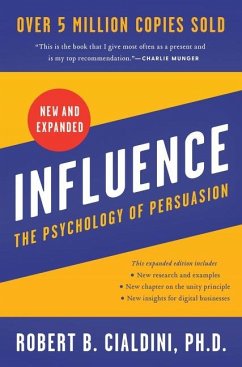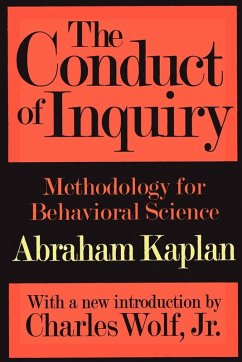
How to Analyze People on Sight Through the Science of Human Analysis
The Five Human Types
Versandkostenfrei!
Versandfertig in 6-10 Tagen
37,20 €
inkl. MwSt.
Weitere Ausgaben:

PAYBACK Punkte
0 °P sammeln!
In 'How to Analyze People on Sight Through the Science of Human Analysis,' the Benedicts offer a thorough exploration into the intricate art of character study through physiognomic observation. The collection presents diverse literary styles, ranging from insightful expository essays to compelling narrative illustrations of human behavior. The works collectively highlight the significance of human analysis as a field of study, illustrating how one's physical features can signify deeper psychological and emotional landscapes. The anthology stands out for its meticulous inclusion of historical r...
In 'How to Analyze People on Sight Through the Science of Human Analysis,' the Benedicts offer a thorough exploration into the intricate art of character study through physiognomic observation. The collection presents diverse literary styles, ranging from insightful expository essays to compelling narrative illustrations of human behavior. The works collectively highlight the significance of human analysis as a field of study, illustrating how one's physical features can signify deeper psychological and emotional landscapes. The anthology stands out for its meticulous inclusion of historical references and contemporary illustrations, offering vivid portrayals that ground their analysis in tangible examples. Drawing on the combined expertise of Elsie Lincoln Benedict and Ralph Paine Benedict, the anthology benefits from their extensive backgrounds in psychoanalysis and human behavior. Their pioneering spirit aligns the collection with the burgeoning early 20th-century movement towards a deeper understanding of the human psyche. The authors' diverse academic contributions coalesce to form a comprehensive guide that not only reflects the cultural studies of their time but also opens dialogues on personality classification and self-awareness. For readers seeking an educational yet engaging investigation into the complexities of human character, this collection is indispensable. It invites exploration into how different perspectives across history and style interlace, offering a unique opportunity to engage with human analysis in a holistic manner. This volume is not only a treasure trove of knowledge but also a catalyst for thoughtful dialogue, making it an essential read for anyone intrigued by the nuances of human interaction and self-discovery.













